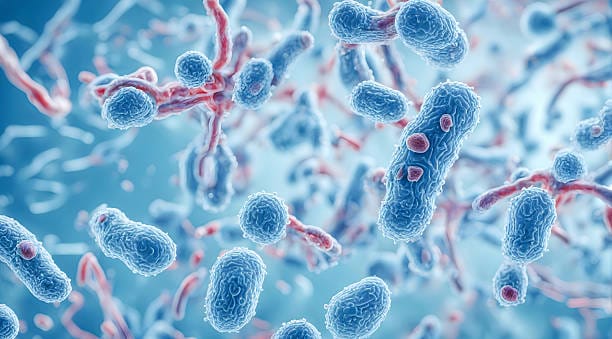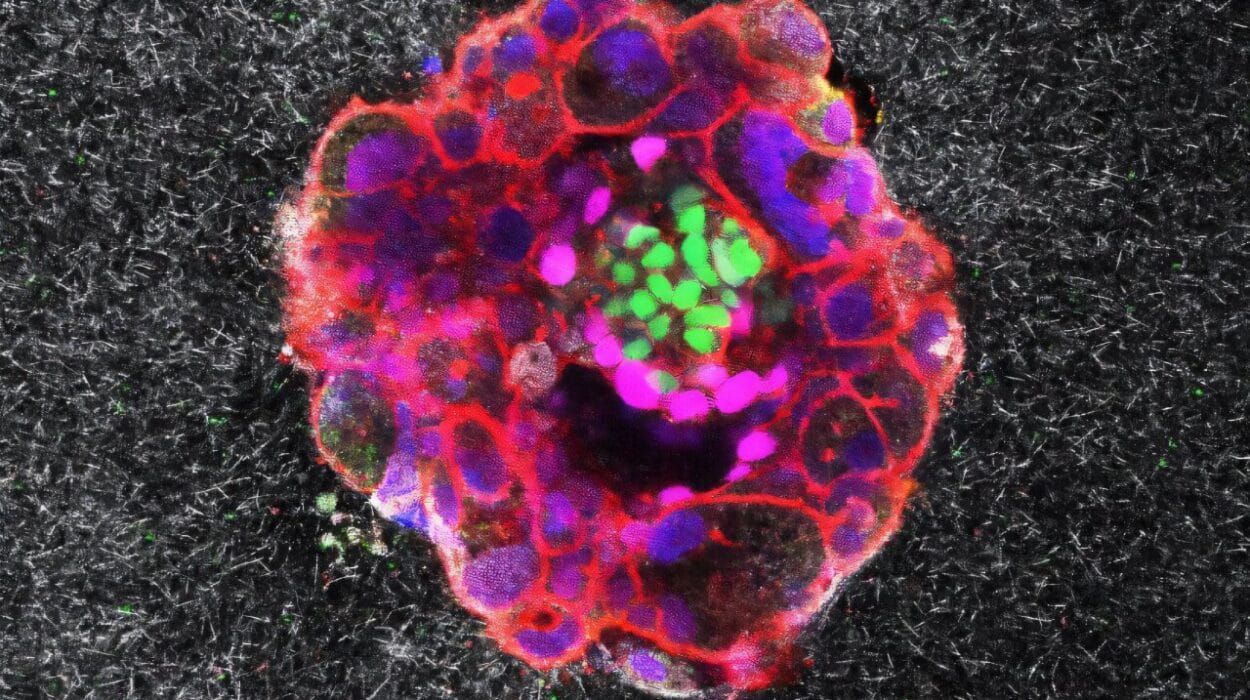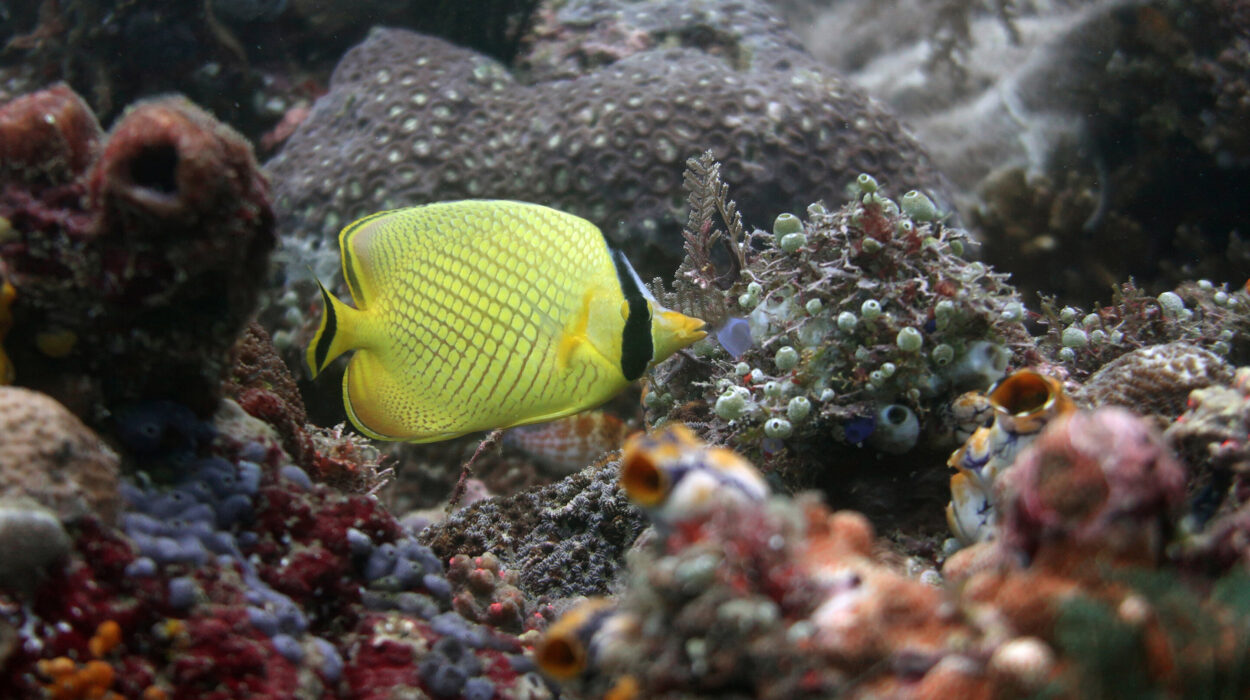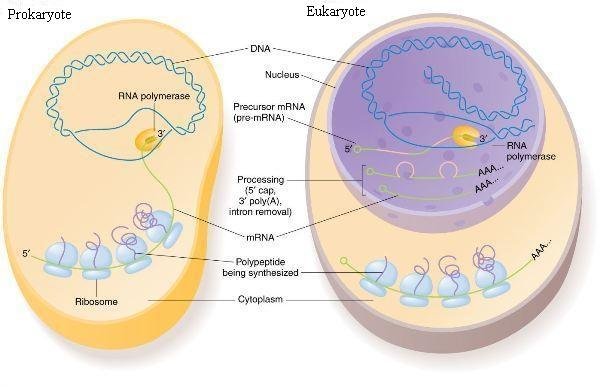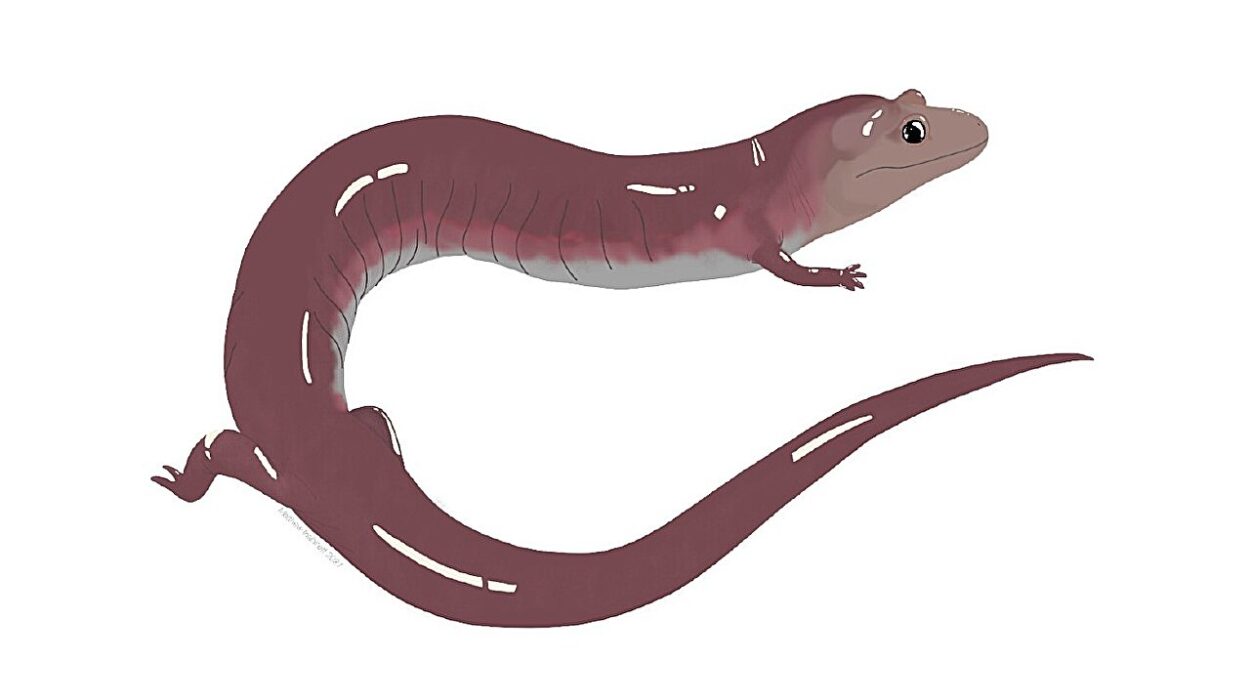All around us, and even within us, exist organisms so tiny they evade our sight but influence every aspect of life. Microbes—bacteria, fungi, archaea, and viruses—are the Earth’s original engineers. Long before humans ever dreamed of architecture or computers, microbes were already building complex chemical factories inside their cells. They could convert sunlight into energy, digest stone, generate electricity, and even manipulate their environments.
Today, synthetic biology is harnessing these invisible architects in revolutionary ways. It is not merely using microbes as they are found in nature—it is redesigning them, reprogramming their DNA like software, and turning them into customizable tools for solving some of humanity’s greatest challenges.
Imagine bacteria that can heal wounds, yeast that brew not beer but biofuels, algae that soak up carbon dioxide and spit out bioplastics, and viruses that seek and destroy cancer cells with the precision of a guided missile. This is not science fiction. This is synthetic biology.
From Observation to Design
Biology was once a science of observation. Scientists peered into microscopes, studied cells, and marveled at the intricacies of life. Then came molecular biology, genetics, and genomics—fields that allowed us to read the code of life written in DNA. Now, synthetic biology lets us write it.
At the core of this revolution is the recognition that DNA is a code—a sequence of four letters (A, T, C, G) that instructs cells on how to build proteins and regulate their activities. If life is a machine, DNA is the operating system. And if you can reprogram that code, you can give cells entirely new instructions.
The emergence of synthetic biology has allowed scientists to design genes, assemble them like Lego bricks, and insert them into microbes to perform new functions. These engineered organisms can act as living sensors, factories, drugs, fuels, and materials.
This shift—from decoding life to redesigning it—marks one of the most profound transformations in the history of science.
Building Life One Gene at a Time
In traditional genetic engineering, scientists often inserted a single gene into a microbe to give it a new trait—say, resistance to antibiotics or the ability to glow under ultraviolet light. Synthetic biology goes far beyond that. It is the art and science of constructing entire networks of genes, regulating their interactions, and designing whole biological systems.
Imagine trying to make a bacterium detect and degrade toxic waste. This requires more than a single gene. It may need a sensor protein to recognize the pollutant, a regulatory circuit to activate the cleanup enzymes only when the toxin is present, and a safety switch to prevent uncontrolled growth. Synthetic biology allows the construction of these complex systems, complete with feedback loops and logic gates that mimic electronic circuits—only the components are proteins, DNA, and RNA.
Microbes become programmable machines. But unlike machines, they can replicate, adapt, and even evolve.
One of the most influential concepts in synthetic biology is the idea of genetic “parts” or “biobricks”—standardized DNA sequences that perform defined functions, such as turning genes on or off, making cells fluoresce, or synthesizing particular molecules. These parts can be mixed, matched, and assembled to create novel behaviors in cells, just as engineers build electronic devices from resistors, capacitors, and transistors.
Designing the Microbial Toolkit
Engineered microbes are being developed for a dazzling array of applications. Some act as living factories that convert cheap or renewable raw materials into high-value products—biofuels, fragrances, medicines, even spider silk. Others are being trained to act as biosensors, detecting dangerous chemicals or disease markers. Still others are designed to interact with the human body as “smart probiotics” that can monitor health from the inside.
One of the most celebrated successes in synthetic biology was the engineering of Escherichia coli (E. coli) to produce artemisinin, an anti-malarial drug originally derived from a rare plant. By inserting a carefully orchestrated set of genes from the sweet wormwood plant into yeast and bacteria, scientists turned microbes into reliable, low-cost drug producers—saving thousands of lives.
In the food industry, synthetic biology is allowing yeast to produce proteins identical to those in milk, making dairy products without cows. Companies like Perfect Day are already producing synthetic milk proteins for cheese and ice cream. The final products are molecularly identical to animal-derived versions—but come without the environmental impact, animal cruelty, or antibiotic resistance concerns.
Meanwhile, synthetic microbes are being developed to make sustainable versions of vanilla, saffron, and even palm oil—commodities whose natural production is environmentally devastating. By shifting production from land to lab, synthetic biology could ease the pressure on endangered ecosystems.
Programming Microbes to Fight Disease
Human health is perhaps the most promising and ethically charged frontier of synthetic biology. Microbes already play critical roles in our bodies, influencing digestion, immunity, and even mental health. Synthetic biology offers the possibility of turning these natural inhabitants into therapeutic agents.
Imagine taking a capsule containing engineered gut bacteria that detect inflammation in the colon and release anti-inflammatory molecules at the exact site of need. Or microbes that suppress autoimmune responses, produce insulin inside the body, or even combat cancer from within.
Such systems are not fantasy. In 2022, a team of researchers engineered bacteria to detect tumor environments and selectively release immunotherapy agents. Other groups are developing living diagnostics—engineered bacteria that pass through the gut and report on health conditions by changing color in stool or being detected in breath or urine.
Synthetic biology also offers a new arsenal against infectious diseases. By programming microbes to produce virus-like particles, scientists can create vaccines faster and more flexibly. During the COVID-19 pandemic, synthetic biology platforms helped speed up the development of mRNA vaccines, illustrating the field’s potential to respond to global health emergencies.
Living Microbes as Environmental Guardians
Earth’s biosphere is under siege from pollution, climate change, and habitat destruction. But synthetic microbes are emerging as tiny guardians of the environment—capable of sensing, neutralizing, and even reversing damage.
Bioremediation—the use of microbes to clean up pollutants—is being radically enhanced by synthetic biology. Natural bacteria already eat oil, heavy metals, and plastic. But engineered versions can do it faster, more efficiently, and under harsher conditions.
For example, scientists have created bacteria that can detect and degrade atrazine, a herbicide that contaminates water supplies. Others are developing strains that digest polyethylene terephthalate (PET), a common plastic used in bottles and packaging.
In climate change mitigation, engineered algae and cyanobacteria are being explored for their ability to capture carbon dioxide and convert it into useful products like biofuels or bioplastics. These living carbon sinks could one day be deployed at scale to help draw down atmospheric carbon.
One of the most ambitious visions is the creation of synthetic soil microbes that enhance carbon storage in farmland or deserts. By promoting plant growth and soil health, such microbes could help sequester billions of tons of CO₂ while boosting food security.
The CRISPR Revolution
A major driver of synthetic biology’s explosive growth has been CRISPR—a gene-editing tool that lets scientists cut and paste DNA with unprecedented precision. Originally discovered as a bacterial immune system, CRISPR has become the go-to method for rewriting genes.
With CRISPR, researchers can rapidly design, test, and optimize microbial genomes. Instead of inserting one gene at a time, entire metabolic pathways can be built, deleted, or rewired. The speed, accuracy, and low cost of CRISPR have opened the door to projects that were previously unimaginable.
Beyond simple gene edits, CRISPR is now being used to build complex genetic circuits—logic gates, memory devices, and switches that turn genes on or off in response to specific stimuli. These circuits allow microbes to make decisions, remember past events, or even communicate with each other like electronic devices.
As the technology improves, some researchers are pushing toward “genome-scale engineering,” where entire microbial genomes are rewritten or synthesized from scratch. This allows the removal of unnecessary genes, the addition of new functions, and even the construction of life forms that have never existed before.
The Ethical Landscape of Living Design
With great power comes great responsibility. Engineering life raises profound ethical questions. Should we design new organisms that nature never intended? Can we predict their behavior? What if engineered microbes escape into the wild and cause unintended consequences?
These concerns are not hypothetical. In 2010, the J. Craig Venter Institute announced the creation of the first synthetic cell—a bacterium whose genome had been completely written by humans. Though it used genes from nature, the genome had never existed before. The announcement sparked both awe and alarm. Had we crossed a line—from understanding life to creating it?
Synthetic biology challenges traditional ideas about the boundaries between natural and artificial, life and machine. It forces us to grapple with questions of control, risk, and consent.
To address these issues, bioethicists, scientists, policymakers, and public advocacy groups are working to establish frameworks for responsible innovation. This includes biosafety measures to prevent the unintended spread of engineered microbes, biosecurity protocols to prevent misuse, and ethical guidelines for applications in health, agriculture, and the environment.
Some scientists are also developing genetic “kill switches” that make engineered microbes dependent on synthetic nutrients or self-destruct outside of lab conditions. These tools aim to ensure that even if released, synthetic microbes cannot proliferate uncontrollably.
The Promise of a Living Future
Despite the challenges, the potential of synthetic biology to transform the world is breathtaking. It offers tools not only to solve existing problems, but to reimagine what life itself can be. The dream is not just to fix biology, but to design it—to turn evolution into engineering.
In this vision, our cities could be built with living materials that repair themselves. Our bodies could host symbiotic microbes that continuously monitor and optimize our health. Our clothing, packaging, and infrastructure could be grown instead of manufactured. Farms could rely on nitrogen-fixing bacteria instead of chemical fertilizers. Oceans could be seeded with algae that reverse acidification. Forests could be protected by microbial guardians that repel invasive pests.
It is a future where life becomes programmable—and where the programming is guided not just by profit or novelty, but by a profound understanding of biology’s complexity and fragility.
Conclusion: Designing with Care
Synthetic biology is not a silver bullet. It cannot replace the need for conservation, policy reform, or social justice. But it is a powerful tool—perhaps one of the most powerful tools humanity has ever possessed. Used wisely, it can help us heal wounds we have inflicted on the planet and ourselves.
In the hands of thoughtful scientists, artists, and citizens, synthetic biology becomes not just an engineering discipline but a creative and moral endeavor. It asks us to listen to life, to learn its patterns, and to collaborate with it—not to dominate it.
The microbes of the future will not be the villains of pandemics or the silent inhabitants of soil. They will be our partners, our guardians, our co-creators. And in designing them, we will be redesigning ourselves—into stewards not only of technology, but of life itself.
